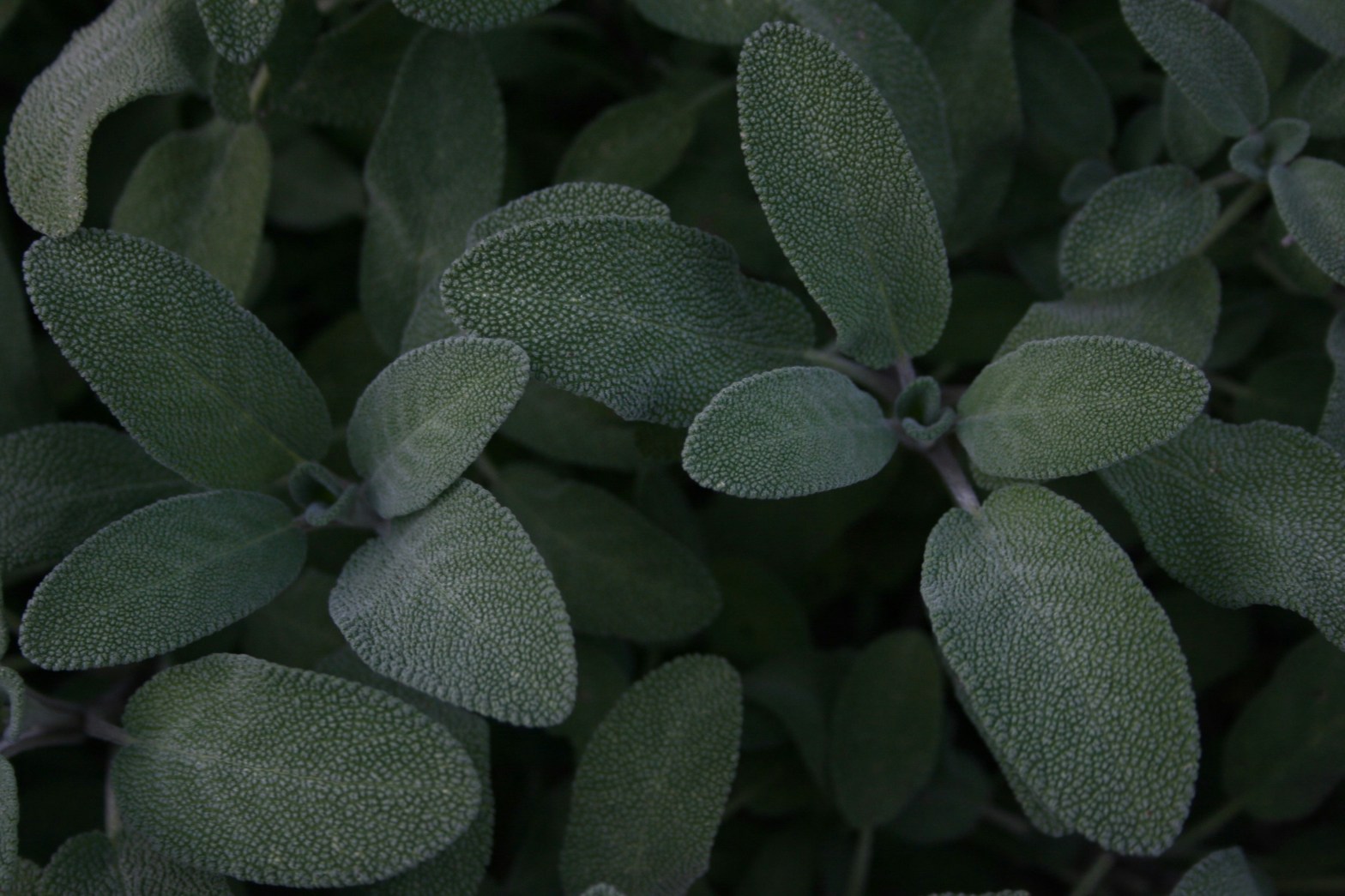This is a post following my “no mouthwash is the best mouthwash” statement.
I tell this to my clients daily, a DIY mouthwash can be used without harming your body.
And so, I am thrilled to welcoming you to this post with a very first online video on Instagram too, check it out after reading.
How can a man grew old who has sage in his garden?
Substance from an ancient proverb quoted in South America, Asia and some parts of Europe.
Sage is one of the most popular herbs in dentistry, as it targets pain, inflammation, and bad breath, as well as exerts antibacterial and wound-healing properties,
Loaded with antioxidants, sage contains over 50 beneficial compounds and substances, which tackle a variety of different health problems. And in the case of gum disease, sage may even help to significantly decrease inflammation of the gums.

This evergreen shrub such a hit with our gums. Sage has potent antibacterial, antifungal, antiviral and antimicrobial properties that help destroy cavity-causing bacteria and neutralize microbes that promote dental plaque.
Sage also contains healing compounds that accelerate wound healing. This makes the plant a great remedy for soothing sore, swollen and bleeding gums.
DIY Sage & Mint mouthwash
Ingredients:
- Glass ceramic tea pot with strainer
- 10 fresh or dry sage (salvia officinalis) leaves
- 5 fresh or dry mint leaves
- 1 tea spoon of rock salt
- 1 cup of boiling water ( depending how much mouthwash you would like to make, feel free to make mouthwash for max 7 days).
- A jar
Instructions:
- Chop both sage and mint leaves
- Boiling water should be use to steep the dried/fresh sage leaves for 8 minutes
- Add the pinch of salt
- Use a spoon to stir well, and then store with the lid on until cool down
- Use the liquid as a mouthwash after straining it
- Don’t eat or drink anything for the following 30 minutes
Important note: this formula does not have preservatives so try to use it within 7 days
Remember mouthwash is not a substitute for professional check-ups and cleanings!

